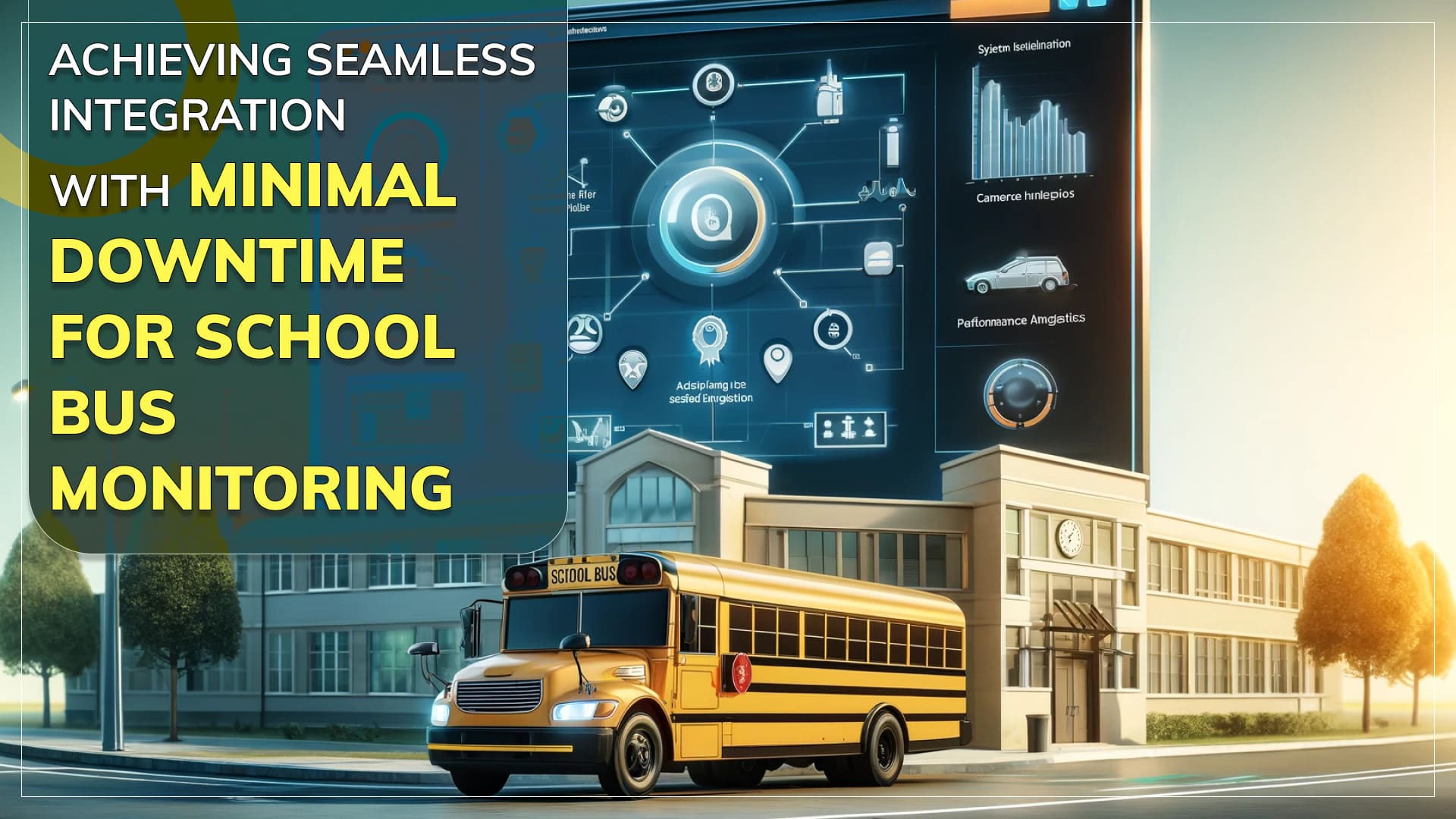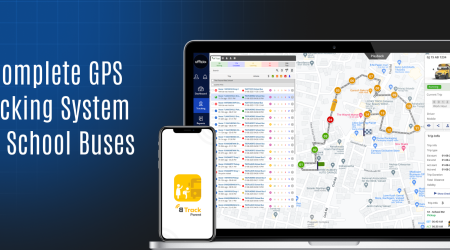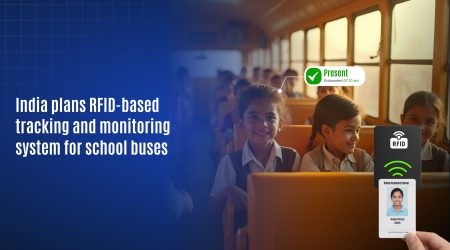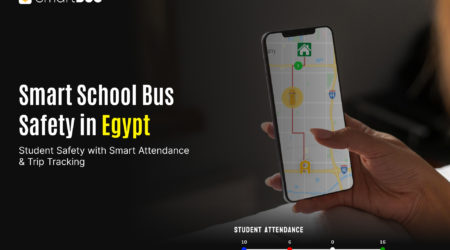Achieving Seamless Integration with Minimal Downtime for School Bus Monitoring

When it comes to school bus monitoring, ensuring student safety and efficient operations are top priorities. Let’s consider a company’s instance which took on the challenge of upgrading their school bus monitoring software to provide seamless integration with minimal downtime. This success story explores their journey, highlighting the strategies, technologies, and best practices they employed to achieve this goal.
Understanding the Challenge
School districts rely heavily on bus monitoring systems to track their fleets, ensure student safety, and optimize routes. Downtime can lead to delays, potential safety risks confusion. The company faced the daunting task of updating their system without disrupting daily operations. The challenge was to integrate new features and enhancements while keeping the buses running smoothly.
Initial Assessment and Planning
Before diving into the integration process, the company conducted a thorough assessment of their current system. They identified key areas for improvement, focusing on both software and hardware upgrades. This step was crucial in understanding the scope of the project and setting realistic goals.
Key Areas for Improvement:
Enhanced GPS Tracking for Real-Time Bus Locations:
Real-time GPS tracking allows schools to know the exact location of each bus at any given moment. This feature improves safety by ensuring that schools can respond quickly in case of an emergency. It also helps in optimizing routes, reducing fuel consumption, and ensuring timely arrivals and departures.
Improved User Interface for Ease of Use:
An intuitive and user-friendly interface is essential for the effective use of the monitoring system. A well-designed UI ensures that all users, including administrators and drivers, can easily navigate the system. This reduces the training time and minimizes user errors, enhancing overall efficiency.
Integration with School Databases for Seamless Data Flow:
Seamless integration with existing school databases ensures that information such as student rosters, bus schedules, and route maps is always up to date. Additionally the integration eliminates the need for manual data entry, which in return reduces errors and saves time. It also allows for efficient management of available resources.
Robust Communication Tools for Instant Alerts and Notifications:
Effective communication tools are vital for the timely dissemination of information. Instant alerts and notifications can inform parents about bus arrivals and delays, notify drivers of route changes, and alert school authorities in case of emergencies. This improves coordination and ensures that all stakeholders are informed in real-time.
Setting Clear Objectives
To achieve seamless integration with minimal downtime, the company set clear objectives. They aimed to upgrade the system with minimal disruption to daily operations. It required planning and a phased approach to implementation.
Choosing the Right Technology
The choice of technology played a significant role in the success of the integration. The company opted for cloud-based solutions to ensure scalability and flexibility. Cloud technology allowed them to roll out updates incrementally, reducing the risk of system-wide failures.
Technological Upgrades:
Cloud-Based Servers for Enhanced Reliability: Cloud-based servers provide a reliable and scalable infrastructure that can handle increased data loads and ensure continuous availability. This minimizes the risk of system outages and provides a robust platform for future upgrades.
Real-Time Data Processing Capabilities: Real-time data processing allows for immediate analysis and response to events. This capability is crucial for monitoring systems that need to react quickly to changing conditions, such as traffic patterns or emergencies.
Secure Data Storage with Regular Backups: Ensuring data security is paramount. Secure data storage with regular backups protects against data loss and unauthorized access. This is particularly important for sensitive information, such as student records and route details.
Advanced Analytics for Better Decision-Making: Advanced analytics tools enable the analysis of large datasets to identify trends and insights. This helps in making informed decisions about route optimization, maintenance schedules, and resource allocation.
Collaboration and Communication
Effective communication was key to the project’s success. The company worked closely with school administrators, bus drivers, and IT staff to ensure everyone was on the same page. Regular meetings and updates kept all stakeholders well informed and engaged.
Phased Implementation Approach
Instead of a complete system overhaul, the company adopted a phased approach. They broke down the integration process into manageable steps, testing each phase thoroughly before moving on to the next. This approach minimized downtime and allowed for quick troubleshooting.
Training and Support
Training users on the new system was essential to ensure a smooth transition. The company provided comprehensive training sessions for all users, including bus drivers, school staff, and IT personnel. They also offered 24/7 support to address any issues promptly.
Monitoring and Feedback
Post-implementation, the company closely monitored the system to identify any potential issues. They collected feedback from users to make necessary adjustments and improvements. This continuous monitoring helped maintain system reliability and performance.
Achieving Seamless Integration with Minimal Downtime
The result of the company’s meticulous planning and execution was a seamless integration with minimal downtime. Schools experienced improved tracking capabilities, better communication, and enhanced safety measures. The phased approach and robust support system ensured a smooth transition without major disruptions.
Key Takeaways
The company’s success story offers valuable insights for anyone looking to upgrade their school bus monitoring systems. Here are some key takeaways:
Thorough Planning: Conduct a detailed assessment of your current system and set clear objectives. Understanding your starting point and your goals helps in creating a realistic and effective plan.
Phased Implementation: Break down the integration process into manageable steps to minimize downtime. This approach allows for gradual improvements and reduces the risk of widespread issues.
Effective Communication: Keep all stakeholders well informed and thoroughly engaged throughout the process. Regular updates and open communication channels ensure that everyone is aligned and aware of their roles.
Training and Support: Provide comprehensive training and round-the-clock support to ensure a smooth transition. Well-trained users are more confident and efficient in using the new system, reducing the risk of errors.
Continuous Monitoring: Monitor the system post-implementation to identify and address any issues promptly. Regular feedback and adjustments ensure that the system remains reliable and effective.
Conclusion
The company’s journey to achieving seamless integration with minimal downtime is a testament to the power of careful planning, effective communication, and the right technology. By adopting a phased approach and prioritizing user training and support, they successfully upgraded their school bus monitoring software, enhancing safety and efficiency for schools.
For schools and transportation providers looking to upgrade their systems, company’s success story serves as a valuable guide. By following these best practices, you too can achieve seamless integration with minimal downtime, ensuring the safety and efficiency of your operations.


